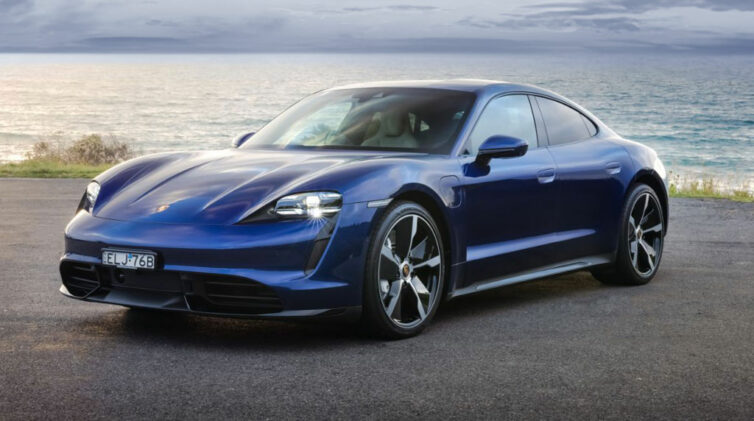Speaking to GoAutoNews Premium at the Endura national media launch in Healesville, Victoria, Ford Australia marketing manager Danni Winter said it will be “a while” before strong recognition for the large SUV is established.
“With any new nameplate, that’s always a steep launch curve,” she said, “(but) we have a good media spend plan to launch the product.”
Ms Winter said Ford expected to “do relatively well” with Endura volume but she said the company expected it would “take several years to build awareness of that (nameplate) in Australia”.
As reported, the Endura is known as Edge overseas – where it is sold in the European, North American and Chinese markets – but Toyota Australia owns the Edge local trademark, forcing the Blue Oval to consider other options.
Ms Winter said Ford was very careful when selecting the new nameplate.
“We’ve certainly researched the name and all of those elements that go into bringing the product to market,” she said. “We’ve researched the campaign that we’re planning to launch.
“I’m confident we’ll build over time, just as we have with the Everest. But it will be a journey.
“If you start with a nameplate that’s not known in the market, there’s not going to be an instant memorability for that nameplate, but I think it will really complement the range we’ve got, with Everest and Escape in particular.”
Sales of the Everest have significantly improved last year, with 5482 examples sold to the end of 2018 – a 19.0 per cent increase over the 4607 deliveries made in 2017, partly thanks to the release of its facelifted model in August.
As a result, the Everest has become the eighth best-selling large SUV in the sub-$70,000 segment, trailing Toyota’s LandCruiser Prado (18,553 units) and Kluger (14,743), Subaru’s Outback (10,378), Isuzu’s MU-X (9090) and Mazda’s CX-9 (8094), among others.
Ford Australia says that the Endura is not a direct replacement for the home-grown Territory that was discontinued in October 2016.
But, Ms Winter said the protracted wait for a Territory successor resulted in Blue Oval loyalists moving to other segments and that the Endura has now plugged this key hole in Ford Australia’s model line-up – if not directly – between the Escape and the Everest.
Ms Winter said: “It fulfils a need we … currently don’t have in place.”
She added that this was “good news for customers overall and enthusiasts who would love a vehicle in that segment but have had to settle for something in another (Ford) segment”.
“So, it’s going to be good to offer them a product that meets their needs. I’m really excited about bringing that product to market, having worked on it for nearly 10 years. It’s been a long time coming.”
Ford Australia says the Endura’s styling, packaging, technology and safety will suit the active lifestyles of its buyers, who will range from young families to professional singles and couples.
When asked how Endura and Everest customers differ, given that both models play in the sub-$70,000 segment, Ms Winter said the former’s on-road focus is the main point of difference.
“I do think they’re quite different,” she said. “We’ve expanded our Everest line-up over time to include two-wheel drive as well as Trend, our entry-level rear-wheel drive.
“But obviously the Everest customer is more off-road-heavy, even today our sales mix is 4×4 much more considerably so than two-wheel-drive variants, and it’s all about towing and off-road capability.
“We don’t expect that to be the case in the Endura. It does offer the towing capability, but we don’t expect large-scale towing to be done with that vehicle; it’s going to more recreational-type towing pursuits, weekend pursuits, maybe holidaying, but not in the same way that Everest is used.
“So, it is going to be a very, very different customer base for Endura. Certainly, some customers transition between segments, but I don’t expect there’ll be a lot of substitution between an Escape buyer or an Everest buyer.”
While the five-seat Endura’s braked towing capacity is 2000kg, it falls 1500kg short of the seven-seat Everest, which is based on the second best-selling model in Australia, the Ranger ute.
The Endura is available in three grades, with the entry-level Trend starting from $44,990 before on-road costs, rising to $53,990 for the mid-range ST-Line and $63,990 for the flagship Titanium. Front-wheel drive is standard, but all-wheel drive can be optioned for $4000.
By Justin Hilliard















 Read More: Related articles
Read More: Related articles

